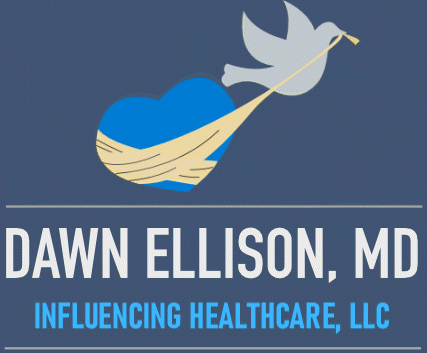Why Don’t They Listen?
“Is anyone listening?” This is the question I hear repeatedly across industries. The ground-level employees in organizations are not feeling heard.
Decisions that affect them are being made without them. From leadership, at least in healthcare I hear, “How can we get the physician leaders involved?” There seems to be an interest “on both sides” to engage and yet there is not meaningful engagement.
In healthcare there are many reasons that physicians give for not getting involved in meetings. The most prevalent response is, “meetings are a waste of time”. What do they mean by this?
1. Unlike the management and leadership that are at meetings, the physicians are usually not compensated for participation. Valid point, but that isn’t what they complain about.
2. The meetings take them away from patient care. Most of them appreciate that there are important decisions they should be impacting and want to be involved.
3. Even when they do have a chance to voice their opinion, the decisions don’t go their way.
Our meetings are designed to fail. Too many meetings are about winning. Think of two people facing each other, taking turns pushing against each other. Instead of asking for solutions to problems, we might want to look for what is working or get behind the strategies to the need and purpose.
Think of two people, side by side looking at an issue together. We also need to get stakeholders at the table and leverage diversity.
One of the most contentious issues in an Emergency Department among the physicians is the schedule. Fortunately, for the patients, we care for them 24/7.
The question I was asked as I was walking out the door of a prominent Emergency Medicine residency interview was, “If you could change anything about Emergency Medicine, what would it be?”. Without much thought, I answered, “I would eliminate night shifts”. Wellness for physicians wasn’t much appreciated as a value twenty-five years ago.
The scheduling of an Emergency Department affects the doctors and their families personally as well as patient care. Anyone who has worked night shifts is familiar with the power of the biological clock. The nurses don’t appreciate working with doctors that are too wired on coffee or “dead on their feet” because of an unrespected biological clock. Another issue is how far out to schedule the shifts.
If you schedule too far out, the doctors can’t work around the events in their life outside work that are important to their family and friends. I once worked in a department that scheduled out an entire year and the schedule, although equitable, didn’t work for anyone.
The resulting scramble for trades was highly dependent on social capital and not equitable. If you make the schedule too late, you may have great difficulty filling shifts because people have made other commitments. Anyway, you get the picture; it’s complex and contentious.
So if the current design of meetings is a set up for failure; how do we design for success? The first step is for a core group of stakeholders to identify the need and purpose for the meeting. In our example above, that could be as simple as there needs to be adequate doctor coverage in the ED. The purpose for a meeting might be to devise a process to cover the ED shifts.
Next, you need to decide the principles of how the group will influence the decision. Leadership may consult a group and take responsibility for the decision themselves. For an issue like a schedule that impacts everyone so personally, the best process will involve all stakeholders in a consensus decision. However it is to be decided, this needs to be transparent at the start.
Other principles might include that everyone’s opinion is important and needs to be heard. Often these principles are written in a compact or agreement of professionalism. I recommend they are given life in meetings, instead of sitting stale on a webpage and forgotten.
Who needs to be present at this meeting? “If it’s about us, don’t do it without us” is a great principle to decide who needs to be present. You may want to ask who needs to be present to leverage the decision made?
In our story certainly the person who is tasked with the logistics of the schedule and the providers are essential. Perhaps a patient representative and nurses would add an interesting dynamic and perspective to such a meeting.
Now, for me, the exciting part is choosing a method of how to meet. For our purpose of coming up with a process for devising an ED schedule, it will be important to give careful consideration to the options. Time constraints need to be considered.
What questions will drive the thought process at the meeting? Does there need to be a method that encourages brainstorming? Will there be several meetings before a decision is made to insure a well thought out plan?
What method will assist a consensus and when should that be used? What will we do if the conversation gets heated?
The answers to those questions are beyond the scope of this blog post. If this interests you and you want to learn more, please sign up for coaching and toolkits or look at how I can help you with hosting conversations. We can be better together and together better, and we can start with listening!
Here are some other articles you may enjoy reading
Influencer: The Power to Change Everything
Be a leader in the healthcare industry with this useful tool that guides you towards a new approach at effectively influencing change.
Why Group Decision Making is Key
Trust in one another is the necessary foundation for group discussions that result in making group decisions.
A Participative Process is Worth the Effort
Through the spirit of collaboration, optimal health and wellness can be achieved by communicating with patients, families, communities, and other members of the healthcare team.






